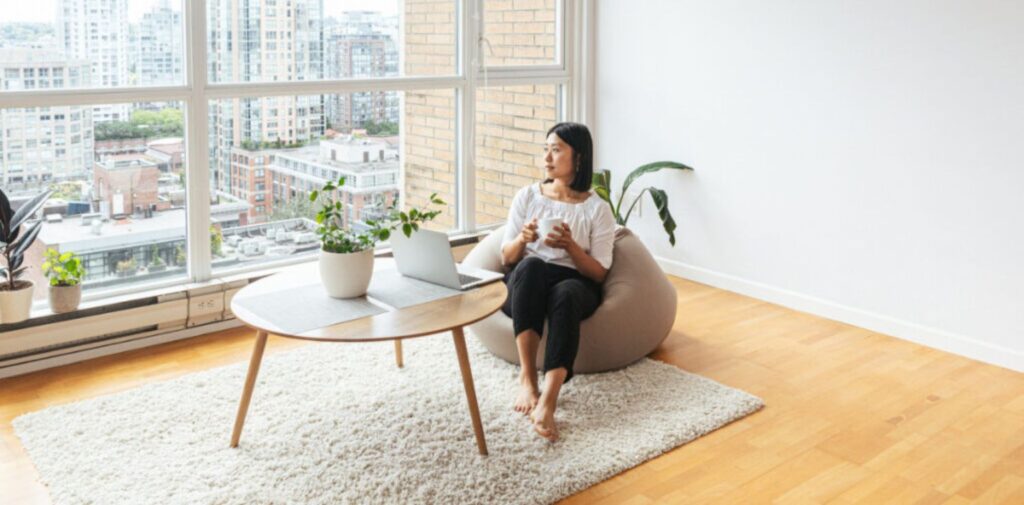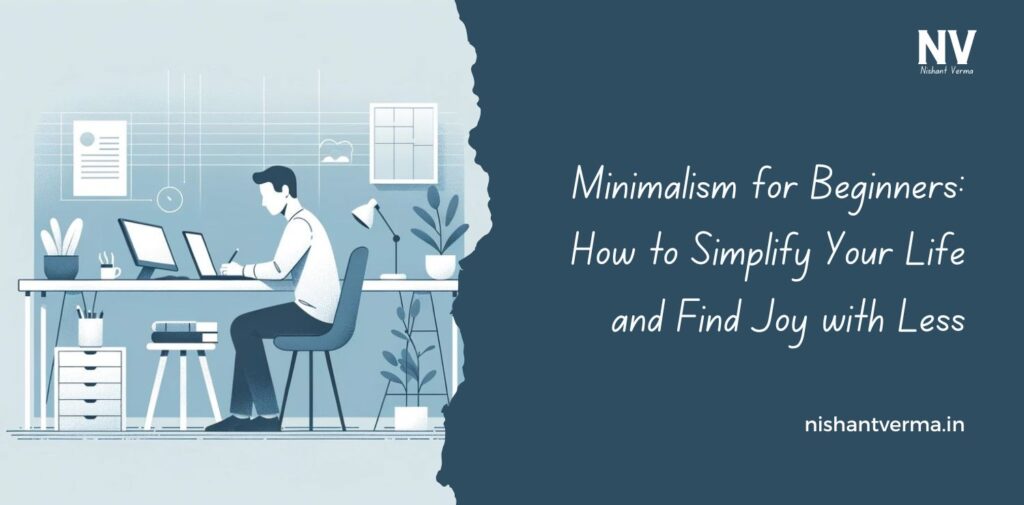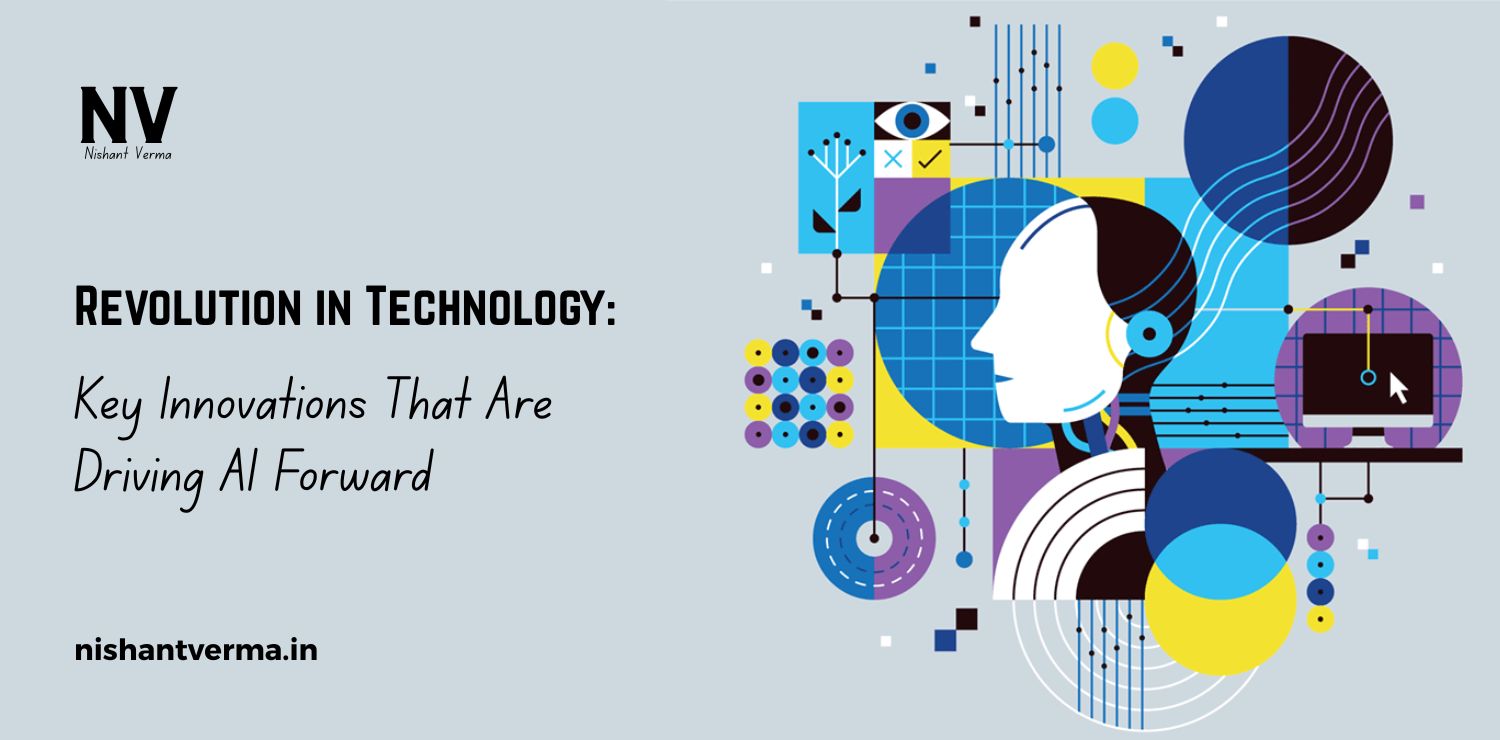In today’s fast-paced world, we are constantly surrounded by more. More stuff, more tasks, more noise, and more pressure. The idea of “less is more” seems difficult to grasp, especially when we are taught from a young age to accumulate things, achieve more, and keep up with everyone else. But what if the key to happiness and peace lies in having less? What if simplifying our lives could actually bring us more joy and less stress? This is where minimalism comes in.
Minimalism isn’t just about cleaning out your closet or throwing away things you don’t need. It’s a way of thinking, a way of living that helps us focus on what really matters. It’s about removing distractions, clearing away excess, and creating space for things that truly bring us happiness.
In this article, we’ll explore how you can simplify your life, even if you’ve never thought about minimalism before. You don’t need to throw everything away, but with small steps, you can start to create a life filled with more meaning and joy.
What is Minimalism?
At its core, minimalism is the idea of focusing on what’s important and letting go of what isn’t. It means being intentional with your time, your possessions, and even your relationships. It’s about understanding that happiness doesn’t come from having more, but from appreciating what we already have.
Imagine a room in your house filled with things. There’s a lot of stuff, but how many of these things do you actually use or enjoy? Maybe you have clothes in your closet that you haven’t worn in years, books that you haven’t read, or gadgets that sit unused. Minimalism encourages you to ask: Is this really adding value to my life?

Step 1: Clear Out the Clutter
Clutter doesn’t just refer to physical things; it also refers to the mental and emotional baggage we carry. But let’s start with the physical clutter.
Take a look around your room or your home. Are there items that you haven’t used in months, or even years? In India, many of us hold on to things out of sentimentality or because we might “need it someday.” For example, you may have an old phone, a few spare pieces of furniture, or even clothes that don’t fit anymore. These items fill up space, but they don’t add value to your life.
Real-life Example:
Ravi, a 35-year-old office worker, had three old phones sitting in a drawer. He kept them just in case, but they never served any purpose. One day, he decided to donate them to a charity that collected old electronics for people in need. Ravi realized that the phones were not only taking up space, but also his mental energy. By clearing out the clutter, he felt lighter and more focused. He could now use the space for things that mattered more, like a desk for his work or a plant to brighten his room.
Step 2: Let Go of Unnecessary Possessions
Once you’ve started clearing out, you’ll begin to realize that many things around you aren’t necessary. This can be difficult, especially in a culture where we often buy things to show off or to keep up with trends. But minimalism teaches us that less is more.
Think about your closet. How many clothes do you have that you rarely wear? Maybe you have too many shoes, shirts, or accessories that you only wear once in a while. It can be freeing to let go of items you no longer use. This doesn’t mean getting rid of everything, but being intentional about what you choose to keep.
Real-life Example:
Anita, a young mother living in Delhi, realized she had a wardrobe full of clothes she never wore. Some of them were outdated, and others were bought on impulse during sales. After taking a good look, she decided to donate the clothes that no longer served her. She kept only the pieces she truly loved and that fit her lifestyle. Not only did her closet feel more organized, but she also felt a sense of relief. By reducing her wardrobe, she saved time and energy, and even helped someone else in need.

Step 3: Simplify Your Daily Routine
Minimalism isn’t just about material things—it’s also about simplifying your time and your routine. How often do you find yourself rushing from one task to another, feeling overwhelmed by your never-ending to-do list? In India, where family and social commitments can be numerous, it’s easy to fall into a cycle of doing too much and enjoying too little.
To simplify, start by evaluating your daily activities. Are there any tasks or obligations that you can eliminate, delegate, or reschedule? For example, instead of trying to clean the entire house in one day, break it into smaller, manageable tasks. Instead of attending every social event or family gathering, prioritize the ones that bring you the most joy.
Real-life Example:
Priya, a working mother in Mumbai, felt stressed because she tried to balance her job, family, and social life. She realized that she was spreading herself too thin. By simplifying her daily routine—such as planning meals in advance, saying no to unnecessary commitments, and asking for help with housework—she found more time for herself and her family. Priya’s new routine helped her feel less overwhelmed and more present in the moments that mattered most.
Step 4: Prioritize What Brings You Joy
Minimalism is not just about reducing—it’s about making room for things that add value to your life. This could be time with family, pursuing a hobby, or working on personal growth. It’s important to consciously decide what truly matters to you.
In our busy lives, it’s easy to forget what makes us happy. Social media, work pressures, and the fast pace of life can cloud our judgment. Take a moment to reflect: What do you enjoy doing? What makes you feel fulfilled?
Real-life Example:
Suresh, a software developer in Bangalore, was always busy with work. He realized that, even though he earned a good salary, he wasn’t happy. His job was taking up all his time, leaving no room for hobbies or family. Suresh decided to simplify his life by reducing his work hours and focusing on things that brought him joy, like playing cricket with friends and spending weekends with his parents. This shift helped him find more balance and happiness.
Step 5: Embrace a Mindful Mindset
Minimalism isn’t just about physical things; it’s a mindset. It’s about being present in the moment, appreciating what you have, and letting go of the need for constant comparison. In India, where we often compare ourselves to others in terms of wealth, success, and possessions, minimalism helps us focus on what truly matters.
Being mindful means taking a pause, breathing, and observing your thoughts and feelings. It’s about recognizing when you’re chasing things that won’t bring long-term happiness. For example, do you constantly find yourself comparing your achievements to others on social media? Minimalism teaches you to step back and focus on your own journey.
Real-life Example:
Neha, a college student in Chennai, was always comparing herself to others on Instagram. She saw her friends buying the latest gadgets and wearing expensive clothes, which made her feel inadequate. After learning about minimalism, Neha began to shift her mindset. She stopped comparing and started focusing on her own growth—focusing on her studies, reading books, and spending time with her loved ones. This simple shift helped her feel more content with her life and less stressed about what others were doing.

Conclusion: The Joy of Less
Minimalism isn’t about deprivation; it’s about freedom. Freedom from excess, freedom from stress, and freedom to focus on what matters. By simplifying your life, you create space for joy, peace, and fulfillment. You don’t need to throw away everything you own or completely change your life overnight. Start small. Clear out one drawer, simplify one task, or focus on one activity that brings you happiness. Over time, these small changes can have a big impact.
Your Turn: How Will You Simplify Your Life?
Now that you’ve learned the basics of minimalism, how do you plan to simplify your life? What’s one area of your life where you could apply the principles of minimalism? Maybe it’s clearing out your closet, reducing your work stress, or being more mindful of your time. I’d love to hear your thoughts and suggestions. Share with me how you plan to bring more simplicity and joy into your life!
Remember, less really can be more.




